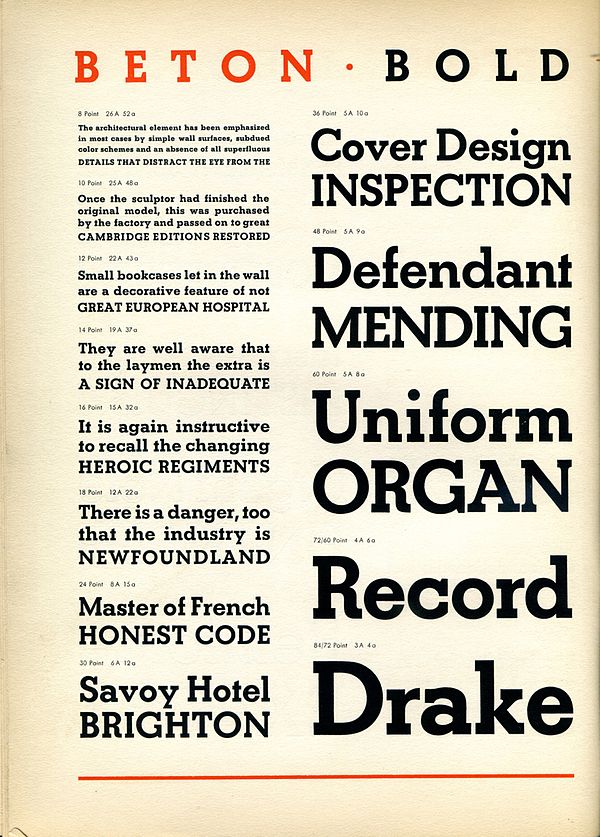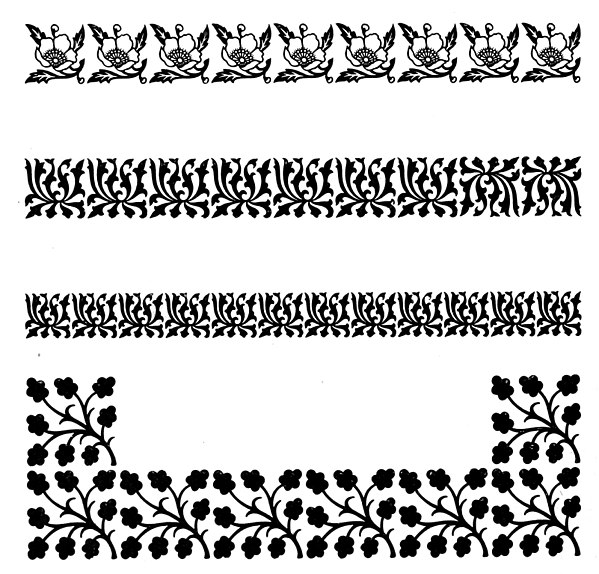Slab serif
Videos
Page
In typography, a slab serif typeface is a type of serif typeface characterized by thick, block-like serifs. Serif terminals may be either blunt and angular (Rockwell), or rounded (Courier). Slab serifs were introduced in the early nineteenth century.

Slab-serif type on the heading of a Chartist poster, 1848. Some headings and the lower passage are in Didone type, but much body text is slab serif.

Miller and Richard's Oldstyle Antique. Just as Clarendon typefaces took the "Didone" or modern-face model as a basis for a slab-serif, it is based on their "Old Style" design inspired by type designs of the eighteenth century, made slightly bolder and lower in contrast. Originally intended for use as a bolder type for emphasis, it was often used for general-purpose body text for example if legibility was considered important. Bookman is a derivative of this style.

Beton Bold in a metal type sample. Contrast is minimal and letterforms take the circle as a basic shape.
Typeface
Videos
Page
A typeface is a design of letters, numbers and other symbols, to be used in printing or for electronic display. Most typefaces include variations in size, weight, slope, width, and so on. Each of these variations of the typeface is a font.

A Specimen, a broadsheet with examples of typefaces and fonts available. Printed by William Caslon, letter founder; from the 1728 Cyclopædia.

London Underground's Johnston typeface, printed on a large sign

Specimens of printed floral borders from an 1897 type foundry specimen book.